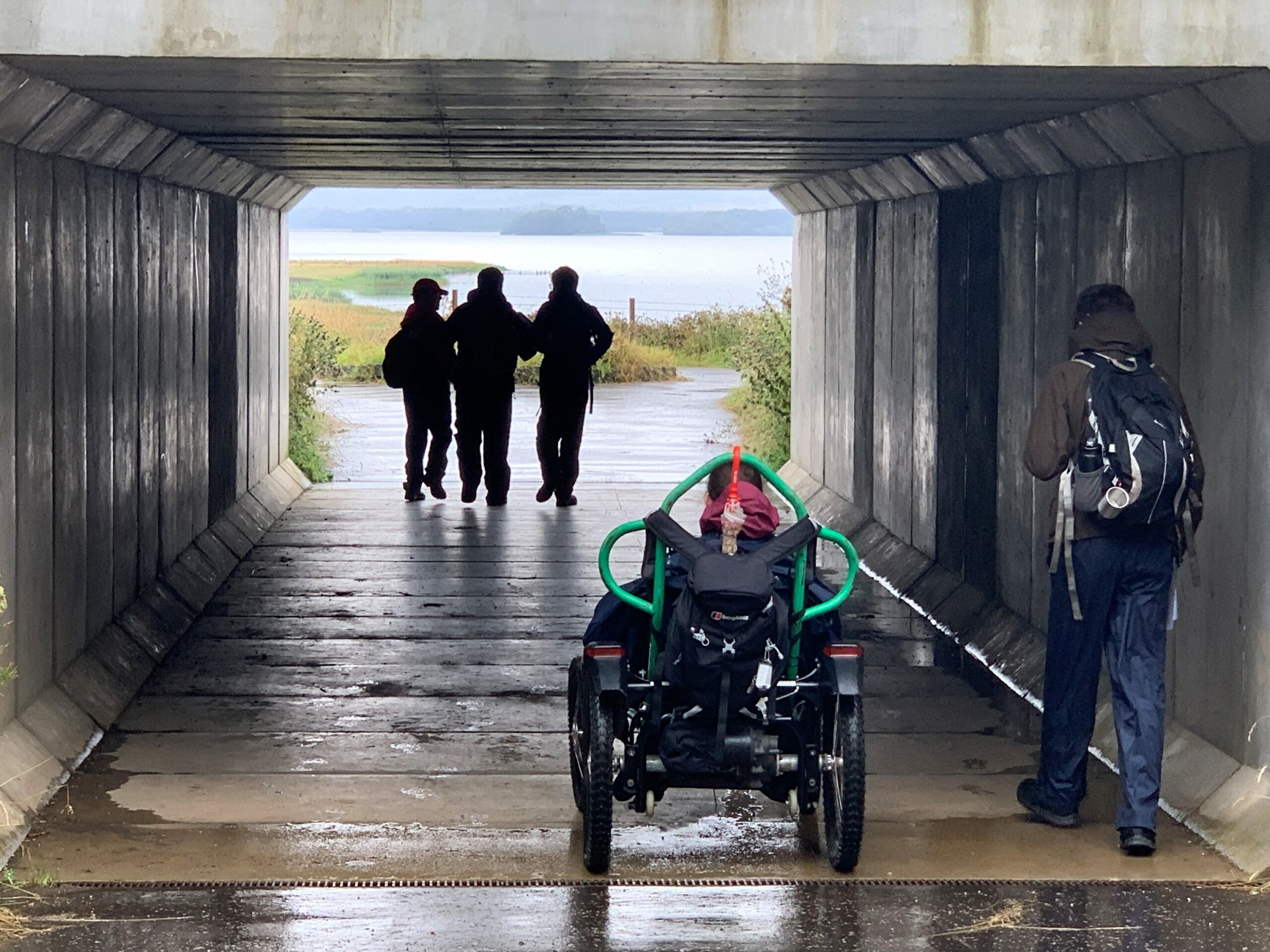Top ASN expedition tips to make your expedition more accessible

This year for Autistic Pride Day 2023 (18 June), DofE Scotland Operations Manager Kate has shared some of her top tips for running additional support needs (ASN) / autism-friendly expeditions!
Kate is one of our staff members who runs ASN-specific DofE training. If you are interested in this training, keep an eye on our training webpage by clicking here and looking for an ASN Network meeting or ASN-specific DES course.
1. Take your time!
Take enough time to make sure you, as a leader, know and understand your young people, their specific support requirements, and their talents! The more information you have, the better you can prepare a suitable expedition that takes into account everyone’s needs and plays to their strengths.
2. Break it down
Accessibility includes having information clearly communicated and broken up into smaller pieces, rather than bunched together. This is often helpful especially for those on the autism spectrum or with learning difficulties as they may have trouble processing information as well as organising and prioritising. Bulleted lists and/or visual supports can be beneficial to break up information into more easily digestible chunks.
3. Aim for stability
Make sure information is given to participants early and that the information ideally does not change. This provides a sense of stability, allows participants to adequately prepare themselves, and lets them know what to expect which can make the experience less daunting and stressful.
4. Test, test, test
Test everything beforehand – Those on the autism spectrum often have sensory processing issues that, for example, can lead to an aversion to certain foods and clothing/fabrics. Spaghetti Bolognese made at home tastes different to the freeze-dried version! Try everything more than once, from food to putting up the tent to trying out the sleeping bag and clothing.
5. Prepare for the unexpected
Prepare for tricky moments as unexpected things will likely cause anxiety.
- Stay calm and talk through the situation with the young person.
- Use diversionary tactics to get back on track such as asking questions that you know the young person knows the answer to, like “What was it you were having for dinner in camp?”
- Allow participants to bring fidgets/comfort items and allow participants to freely use healthy stims if needed without judgement.
6. Create alternative route cards
Depending on the ability and preferences of the group, consider using alternatives to OS maps for route following – some areas have local maps in different formats, or you can develop your own photo route cards as some young people process information better through images.
7. Use the same route for practice and qualifier
At Silver and Gold level, use the same route for the practice expedition and qualifier expedition BUT in the opposite direction. There is enough difference for it to be a challenge, but it will be familiar enough to give confidence to the group and allow leaders to supervise from further back. The use of walkie talkies may also increase confidence in the group and the leaders too.
__________________________________________________________
Remember, DofE is for everyone. With adequate planning, adaptations, and a bit of creativity, we can ensure that everyone (including those with ASN) have a great expedition experience!
If you are a DofE Leader or Coordinator, please get in touch with your region’s DofE Operations Officer or contact [email protected] if you require any support or resources to help run the DofE in your centre.




